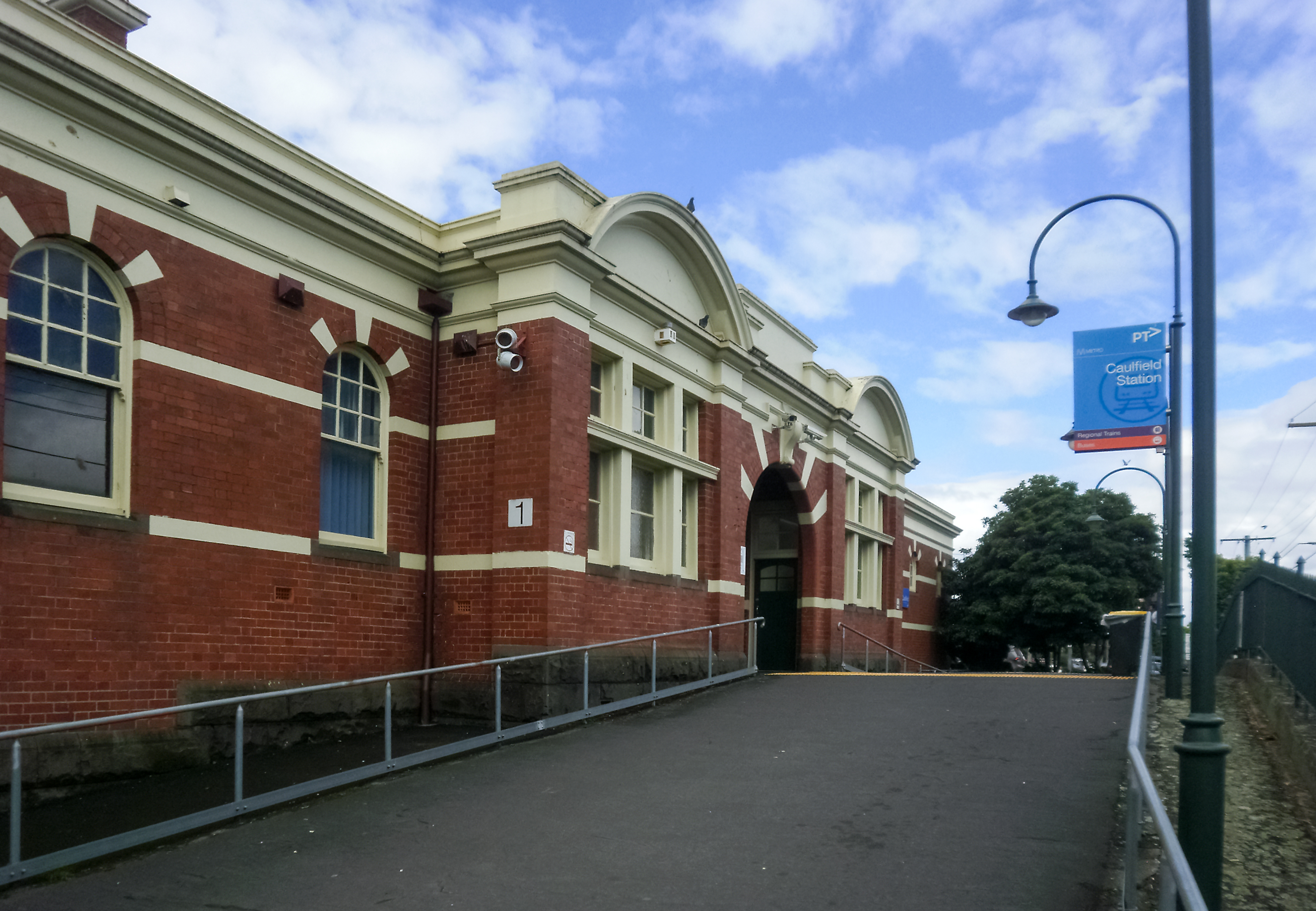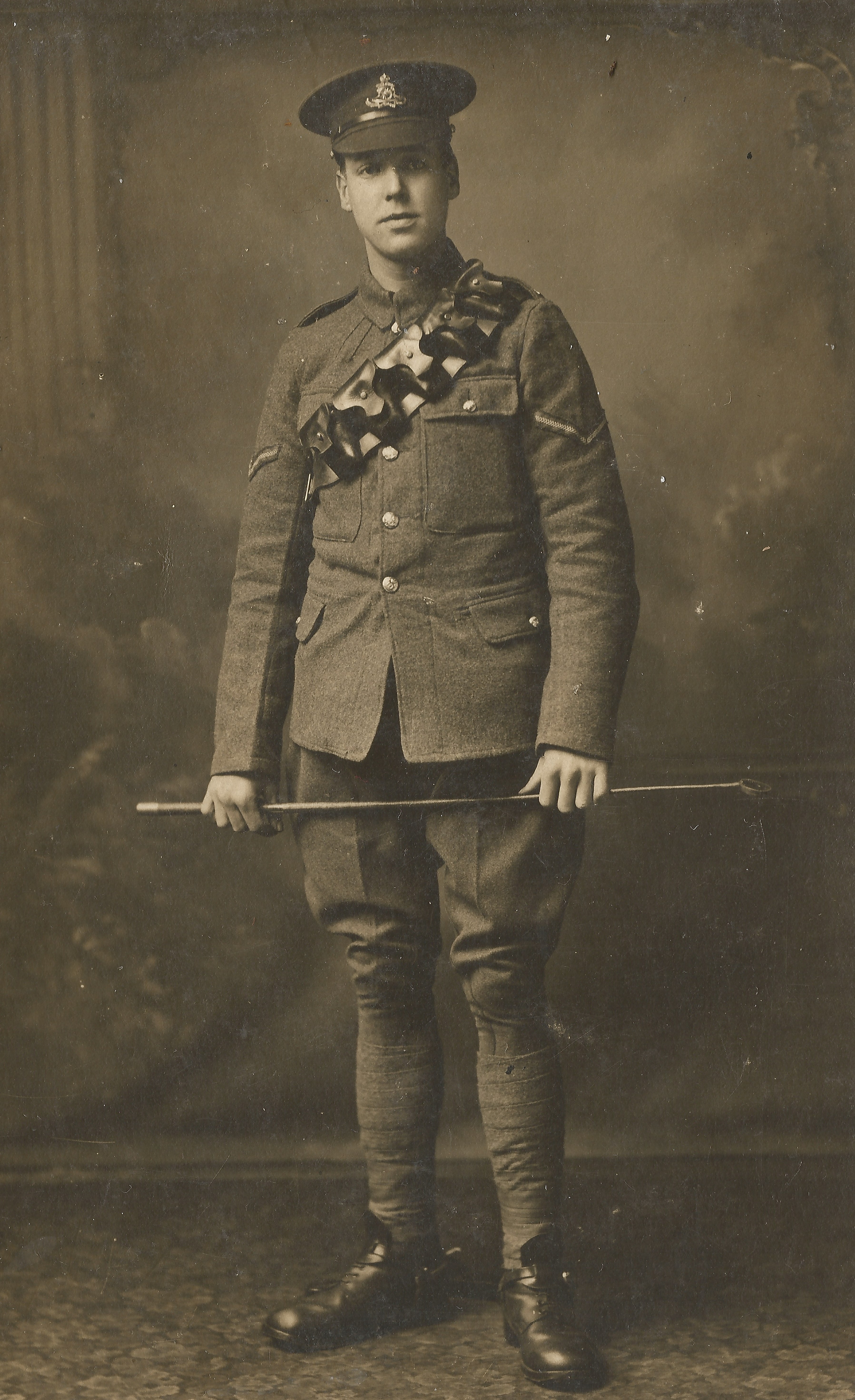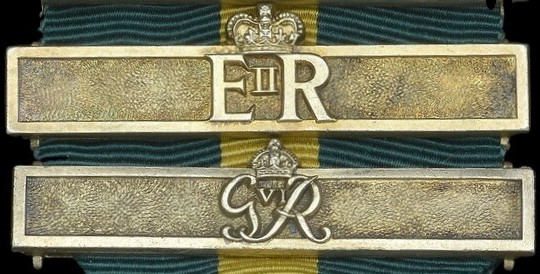|
Maurice Fergusson
Brigadier Maurice Alfred Fergusson, (5 December 1895 – 27 September 1975) was an Australian Army officer who served during both World Wars. Early life Fergusson was born at Caulfield in Melbourne to Mauritian-born bank manager Ernest Fairchild Fergusson and Alfritha Elizabeth, ''née'' Turner. He attended University High School, Melbourne before working as a jackeroo and undergoing compulsory military training. Military career Fergusson enlisted in the Australian Imperial Force on 24 August 1914 and was posted to Egypt in the 1st Field Artillery Brigade. He was promoted from gunner to bombardier in March 1915, landing at Gallipoli on 25 April. He was hospitalised in England for enteric fever from September. In July 1916 he was sent to the Western Front. Fergusson was commissioned in December 1916 and promoted lieutenant in May 1917. Wounded at Messines on 7 June, he was mentioned in despatches. He was awarded the Military Cross (MC) after saving his battery's guns and ma ... [...More Info...] [...Related Items...] OR: [Wikipedia] [Google] [Baidu] |
Caulfield, Victoria
Caulfield is a suburb in Melbourne, Victoria, Australia, south-east of Melbourne's Melbourne central business district, Central Business District, located within the City of Glen Eira Local government areas of Victoria, local government area. Caulfield recorded a population of 5,748 at the 2021 Australian census, 2021 census. It is bounded by Kooyong Road in the west, Glen Eira Road in the north, Glen Huntly Road in the south and Booran Road in the east. Caulfield is best known as the location of Caulfield Racecourse and the Caulfield campus of Monash University. History Toponymy The origin of the name of Caulfield is not known for certain, but the name seemed to be linked with Baron Caulfield of Ireland, perhaps through John Caulfield, a pioneer of the colony. The name Caulfield was in use by 1853, and the early maps always place it somewhere around the racecourse. Pre-European history The local Yalukit people were coastal and dependent on seafoods, so few Aboriginal relics ... [...More Info...] [...Related Items...] OR: [Wikipedia] [Google] [Baidu] |
Bombardier (rank)
Bombardier () is a military rank that has existed since the 16th century in artillery regiments of various armies, such as in the British Army and the Prussian Army. Traditionally the bombardier tended the vents at the top of breeches, handled the final assembly of ammunition and placed the ammunition in the muzzles for the gunners to fire. It is today equivalent to the rank of corporal in other branches. The rank of lance bombardier is the artillery counterpart of lance corporal. Commonwealth armies Bombardier (Bdr) and lance bombardier (LBdr or L/Bdr) are used by the British Army in the Royal Artillery and Royal Horse Artillery. The same applies to the Royal Australian Artillery, the Royal Regiment of New Zealand Artillery, the South African Army Artillery Formation and the Armed Forces of Malta. The Royal Regiment of Canadian Artillery uses the ranks of master bombardier and bombardier, corresponding to master corporal and corporal. Originally, the Royal Artillery had cor ... [...More Info...] [...Related Items...] OR: [Wikipedia] [Google] [Baidu] |
First Australian Imperial Force
The First Australian Imperial Force (1st AIF) was the main Expeditionary warfare, expeditionary force of the Australian Army during the First World War. It was formed as the Australian Imperial Force (AIF) following United Kingdom of Great Britain and Ireland, Britain's declaration of war on German Empire, Germany on 15 August 1914, with an initial strength of one infantry division (military), division and one Australian light horse, light horse brigade. The infantry division subsequently fought at Gallipoli Campaign, Gallipoli between April and December 1915, with a newly raised second division, as well as three light horse brigades, reinforcing the committed units. After being evacuated to Egypt, the AIF was expanded to five infantry divisions, which were committed to the fighting in France and Belgium along the Western Front (World War I), Western Front in March 1916. A sixth infantry division was partially raised in 1917 in the United Kingdom, but was broken up and used as ... [...More Info...] [...Related Items...] OR: [Wikipedia] [Google] [Baidu] |
Australian National University
The Australian National University (ANU) is a public university, public research university and member of the Group of Eight (Australian universities), Group of Eight, located in Canberra, the capital of Australia. Its main campus in Acton, Australian Capital Territory, Acton encompasses seven teaching and research colleges, in addition to several national academies and institutes. Established in 1946, ANU is the only university to have been created by the Parliament of Australia. It traces its origins to Canberra University College, which was established in 1929 and was integrated into ANU in 1960. ANU enrols 13,329 undergraduate and 11,021 postgraduate students and employs 4,517 staff. The university's endowment stood at A$1.8 billion as of 2018. ANU counts six List of Nobel laureates, Nobel laureates and 49 Rhodes Scholarship, Rhodes scholars among its List of Australian National University people, faculty and alumni. The university has educated the incumbent Governor-Gene ... [...More Info...] [...Related Items...] OR: [Wikipedia] [Google] [Baidu] |
Australian Dictionary Of Biography
The ''Australian Dictionary of Biography'' (ADB or AuDB) is a national co-operative enterprise founded and maintained by the Australian National University (ANU) to produce authoritative biographical articles on eminent people in Australia's history. Initially published by Melbourne University Press in a series of twelve hard-copy volumes between 1966 and 2005, the dictionary has been published online since 2006 by the National Centre of Biography (NCB) at ANU, which has also published ''Obituaries Australia'' (OA) since 2010. History The ADB project began operating in 1957, although preparation work had been started in about 1954 at the Australian National University. An index was created that would be the basis of the ADB. Pat Wardle was involved in the work and, in time, she herself was included in the ADB. Staff are located at the National Centre of Biography in the History Department of the Research School of Social Sciences at the Australian National University. Since i ... [...More Info...] [...Related Items...] OR: [Wikipedia] [Google] [Baidu] |
University High School, Melbourne
The University High School (abbreviated as UHS or Uni High) is a government-funded co-educational secondary day school, located in the Melbourne suburb of Parkville, Victoria, Australia. , 1,708 students attended the school. In 2023, it was ranked 67th in Victoria (or 13th in Victorian public schools) by percentage of VCE study scores of 40 or above. History In 1910, the "University Practising School" was opened in a former primary school on the corner of Lygon and Lytton Streets, Carlton. In 1913, it changed its name to "The University High School" after the closure of the older private school. Since 1930, the school has occupied a site in Story Street, Parkville, adjacent to the Royal Melbourne Hospital and in close proximity to the Royal Children's Hospital, newly built Royal Women's Hospital, the University of Melbourne and the Central Business District. During World War II, the United States Army set up a camp on the school oval. Additionally, 240 extra students from ... [...More Info...] [...Related Items...] OR: [Wikipedia] [Google] [Baidu] |
Melbourne
Melbourne ( , ; Boonwurrung language, Boonwurrung/ or ) is the List of Australian capital cities, capital and List of cities in Australia by population, most populous city of the States and territories of Australia, Australian state of Victoria (state), Victoria, and the second most-populous city in Australia, after Sydney. The city's name generally refers to a metropolitan area also known as Greater Melbourne, comprising an urban agglomeration of Local Government Areas of Victoria#Municipalities of Greater Melbourne, 31 local government areas. The name is also used to specifically refer to the local government area named City of Melbourne, whose area is centred on the Melbourne central business district and some immediate surrounds. The metropolis occupies much of the northern and eastern coastlines of Port Phillip Bay and spreads into the Mornington Peninsula, part of West Gippsland, as well as the hinterlands towards the Yarra Valley, the Dandenong Ranges, and the Macedon R ... [...More Info...] [...Related Items...] OR: [Wikipedia] [Google] [Baidu] |
World Wars
A world war is an international conflict that involves most or all of the world's major powers. Conventionally, the term is reserved for two major international conflicts that occurred during the first half of the 20th century, World War I (1914–1918) and World War II (1939–1945), although some historians have also characterized other global conflicts as world wars, such as the Nine Years' War, the War of the Spanish Succession, the Seven Years' War, the French Revolutionary and Napoleonic Wars, the Cold War, and the War on terror. Etymology The ''Oxford English Dictionary'' had cited the first known usage in the English language to a Scottish newspaper, ''The People's Journal'', in 1848: "A war among the great powers is now necessarily a world-war." The term "world war" is used by Karl Marx and his associate, Friedrich Engels, in a series of articles published around 1850 called ''The Class Struggles in France''. Rasmus B. Anderson in 1889 described an episode in Teuto ... [...More Info...] [...Related Items...] OR: [Wikipedia] [Google] [Baidu] |
Efficiency Decoration
The Efficiency Decoration, post-nominal letters TD for recipients serving in the Army Reserve (United Kingdom), Territorial Army of the United Kingdom or ED for those serving in the British Colonial Auxiliary Forces, Auxiliary Military Forces, was instituted in 1930 for award to part-time officers after twenty years of service as an efficient and thoroughly capable officer. The decoration superseded the Volunteer Officers' Decoration, the Colonial Auxiliary Forces Officers' Decoration and the Territorial Decoration. In the Commonwealth of Nations, British Commonwealth, the decoration was gradually superseded by national decorations in some member countries, in Canada by the Canadian Forces' Decoration in 1951, in the Union of South Africa by the John Chard Decoration in 1952 and in Australia by the Reserve Force Decoration in 1982. In the United Kingdom, the decoration was superseded by the Volunteer Reserves Service Medal in 1999. New Zealand continues to award the Efficiency ... [...More Info...] [...Related Items...] OR: [Wikipedia] [Google] [Baidu] |
Mentioned In Despatches
To be mentioned in dispatches (or despatches) describes a member of the armed forces whose name appears in an official report written by a superior officer and sent to the high command, in which their gallant or meritorious action in the face of the enemy is described. In some countries, a service member's name must be mentioned in dispatches as a condition for receiving certain decorations. Being mentioned in dispatches entitles a recipient to wear a small metallic device, but does not include an entitlement to post-nominals. United Kingdom, British Empire and Commonwealth of Nations United Kingdom Servicemen and women of the United Kingdom or the Commonwealth who are mentioned in despatches are not awarded a medal for their actions, but receive a certificate and wear an oak leaf device on the ribbon of the appropriate campaign medal. A smaller version of the oak leaf device is attached to the ribbon when worn alone. Prior to 2014, only one device could be worn on a ribb ... [...More Info...] [...Related Items...] OR: [Wikipedia] [Google] [Baidu] |
Medal Bar
A medal bar or medal clasp is a thin metal bar attached to the ribbon of a military decoration, civil decoration, or other medal. It most commonly indicates the Military campaign, campaign or Military operation, operation the recipient received the award for, and multiple bars on the same medal are used to indicate that the recipient has met the criteria for receiving the medal in multiple Theater (warfare), theatres. When used in conjunction with decorations for exceptional service, such as gallantry medals, the term "and bar" means that the award has been bestowed multiple times. In the example, "Group Captain Leonard Cheshire, Victoria Cross, VC, Order of Merit, OM, Distinguished Service Order, DSO and two bars, Distinguished Flying Cross (British), DFC", "DSO and two bars" means that the Distinguished Service Order was awarded on three occasions. A British convention is to indicate bars by the use of asterisks; thus, DSO** would denote a DSO and two bars. Bars are also used ... [...More Info...] [...Related Items...] OR: [Wikipedia] [Google] [Baidu] |








